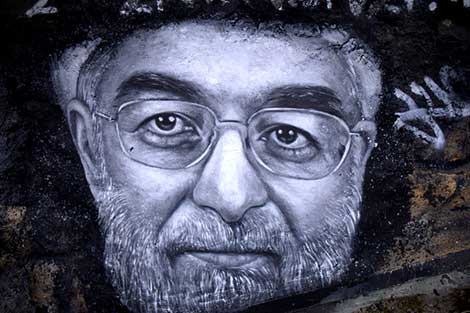
This article was originally published by E-International Relations on 25 May 2017.
The twentieth presidential election since the 1979 Iranian revolution has been characterized by an impressive voter turnout. Approximately 73% of the Iranian electorate went to the polls, re-confirming Hassan Rouhani as president of the Islamic Republic of Iran with 23,549,616 votes (57%) against the 15,786,449 votes (38%) for the principlist presidential candidate Ebraim Raisi. A pragmatist, Rouhani’s main achievement during his first four year in power was the Joint Comprehensive Plan of Action (JCPOA), a landmark nuclear deal concluded in July 2015 between the Islamic Republic, the P5+1 (France, Germany, the United Kingdom, the United States, China and Russia) and the European Union . The re-election of Rouhani will safeguard the agreement and deliver a temporary setback to the powerful ultra-conservative factions, namely the bastions of the 1979 Islamic revolution: the Revolutionary Guards, the Basij and the judiciary.
Rouhani’s pragmatic agenda during his first mandate focused on the nuclear deal as a tool to boost economic recovery through the lifting of international sanctions. According to the International Monetary Fund (IMF) Country Report published in February 2017, the ‘historic’ deal was successful as the economy was “boosted by the swift recovery in oil production and exports, real GDP grew by 7.4 percent in the first half 2016/17, recovering from recession in 2015/16”.
